A lot of people think that documentary photography and photojournalism are the same. While they both have a close relationship which we have covered in our articles, there are some main differences between the two genre.
Today, our main goal is to establish a more solid concept for each genre and leave us with a clear understanding of what documentary photography and photojournalism are and are not.
The line that divides both genres has become extremely thin for people who are not plugged into photography. That's why this topic deserves a deeper dive.
But before we start talking about each of them, we need to recognize acknowledge that these genres usually get along very well with each other and are not mutually exclusive. They simply encompass certain things to different degrees, and hence the confusion in defining both.

What Is Documentary Photography?
This is the genre of photography that includes all photographic work that aims to chronicle events and circumstances relevant not only to history but also for us as human beings.
The purposes for pursuing a documentary photography project are quite broad, and include:
- Complaints
- Research
- Awareness
- Entertainment
Some of the most iconic works of documentary photography stem from an initiative led by Roy Stryker and the Food Safety Administration of the United States during the Great Depression.
Popularly known as “New Deal Photography“, this project was able to demonstrate that a significant portion of the United States population was suffering during that dark time and had decided to migrate to other states to pursue better opportunities for making a living.

Documentary Photography Workflow
When creating documentary work, several questions related to what you want to show, and the result you want to achieve, must be answered. The process of creating a documentary work usually takes much more time than photojournalism-related work.
After finding a relevant topic, the photographers must go through a key process: the research phase. Depending on the curiosity of the photographer, the amount of available information and the availability of resources (money and time), this phase can take a long time.
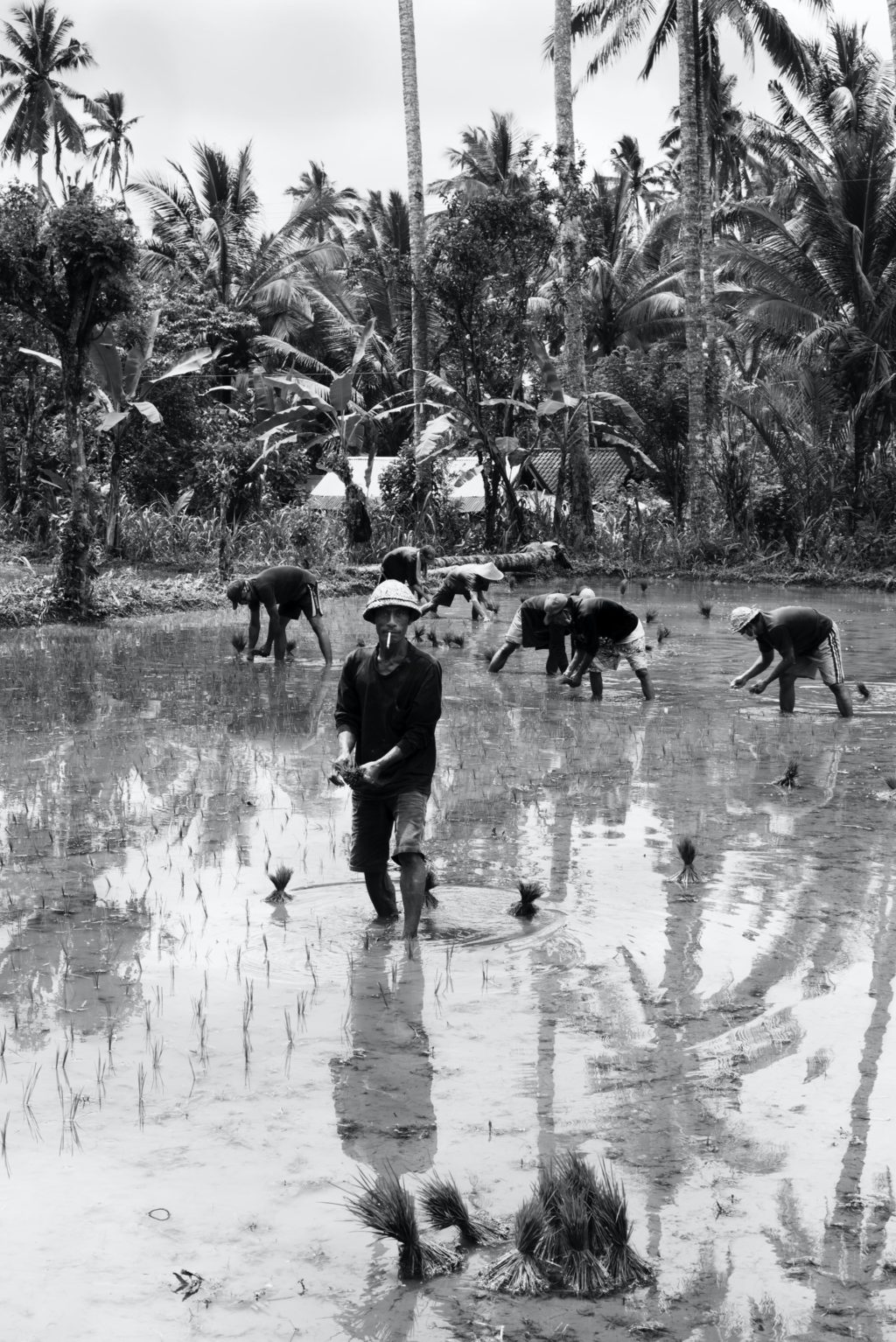
The research phase not only gives the photographer context about what is happening in relation to the topic he has chosen but also provides access to other documents on the same subject.
Research should not discourage anyone. Although genuinely new topics may seem scarce, there’s always a different way to approach old ones. The important thing is to know how issues have been developed in the past and to find a new way to present them and make them relevant today.

Many documentary photographers focus on primary and secondary sources of information to get a better sense of the phenomenon they want to clarify through their cameras.
This process can get photographers so deeply involved in their subject that they end up becoming activists or ambassadors for the cause for which they are struggling to evidence through their pictures.
Many photographers are highly recognized for their documentary work, and here is a brief list of some of the most important documentary photographers in history. When you research more about them, they will lead you not only to other photographers but to more information about the subjects they have dedicated their lives to.
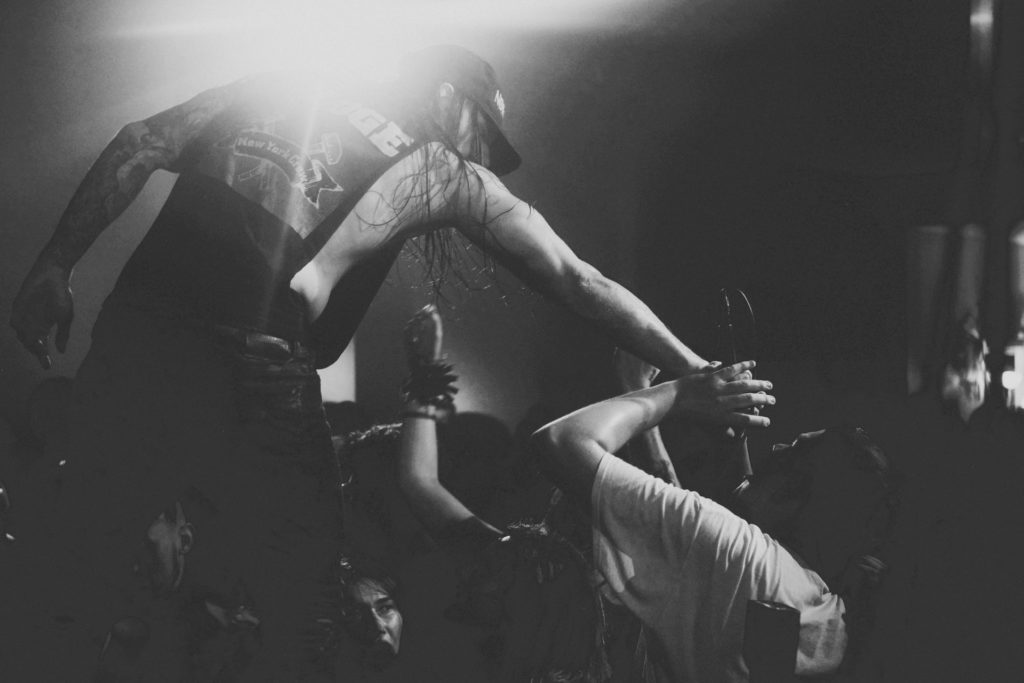
What Is Photojournalism?
Photojournalism is more oriented to informing us as truthfully and quickly as possible about events of social relevance. Many of these events have to do with various topics considered highly relevant to people involved in environmental, social, political, economic and other matters. So, events that happen are on the news in a few minutes or hours depending on the sensitivity and urgency of the situation.
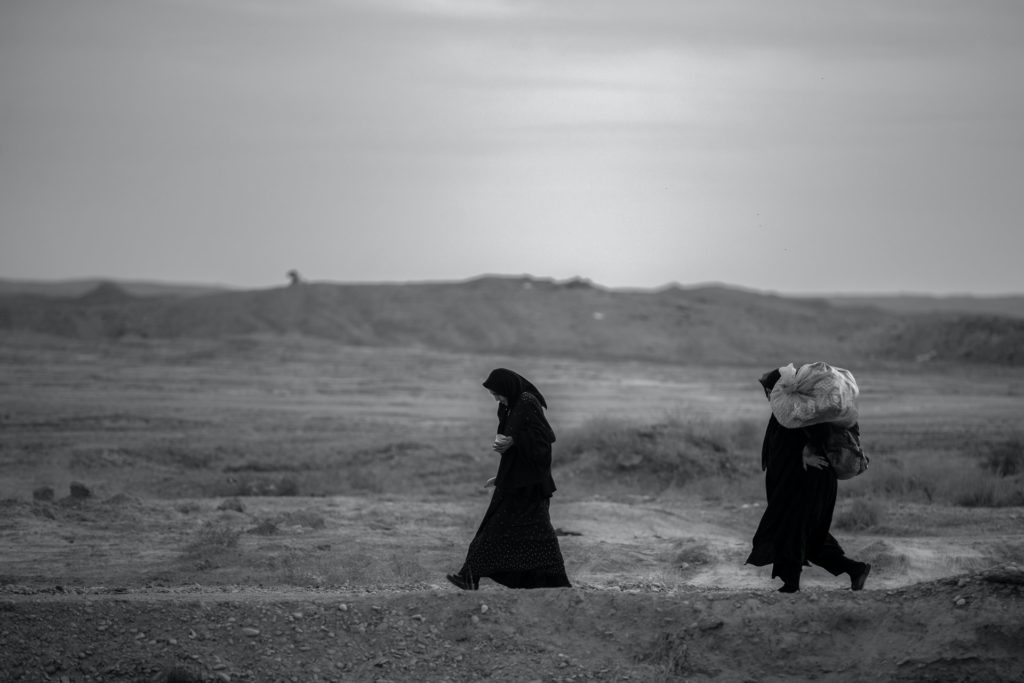
Thanks to its pursuit of the truth, photojournalism is expected to be right and true and as close to reality as possible. Sometimes, people tag photojournalists as sensationalists for showing raw scenes of a specific reality.
The purpose of photojournalism is to cover local and global events and it can be from anything related to politics, sports, information about famous people, etc. Some of the topics covered by photojournalism include:
- Politics
- information about important people
- Sports
- Science and medical news
- Outbreaks
- Wars and unrest
- Protests, etc.

Because photojournalism captures the events as they happen without any edits or other touches, it seeks to inform us as quickly as possible about an event and doesn't seek to dig any deeper (unlike documentary photography), many photojournalists who used to work for the press have been replaced by news agencies (who provide relevant material for other news media) and, more recently, by contributions from private citizens using mobile devices.
Beyond just photographs of the events or situations, a skilled photojournalist will also want to be able to write up the story as it happened. They also need to know how to work with online tools and websites to put their information out there to the public.
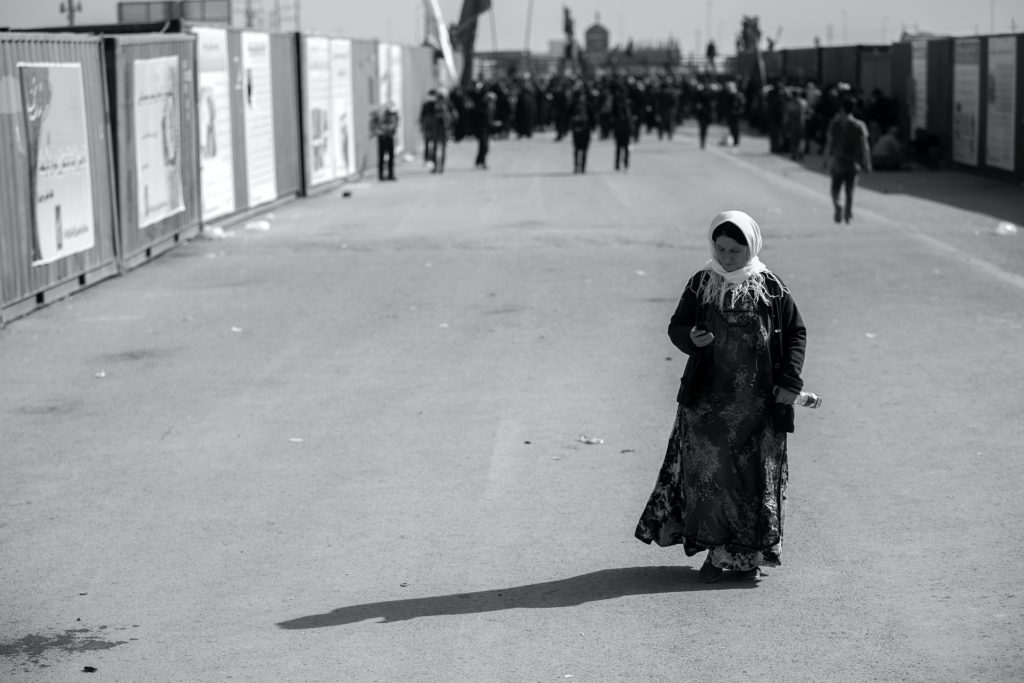
The twentieth century was a great time for the development of photojournalism, but the period between the 1930s and 1950s is considered to be the golden age of photojournalism. Paradoxically, this golden age occurred between the two world wars, where journalists and their cameras were pushed to the limit.
The great figures of photojournalism include Henri Cartier-Bresson, Robert Capa, Alfred Eisenstaedt, Erich Salomon, Margaret Bourke-White and W. Eugene Smith. Photography has evolved a lot, leaving us with many talented photojournalists today, and on this list from the 2017 World Press Photo, we can find several of them.
The Similarities

Beyond the great differences that exist between the genres, we can also say that they complement each other in the way the images should be made. Here are some similarities between documentary photography and photojournalism:
Being Discreet Or Invisible
As far as possible, photographers must be unobtrusive, so they can avoid interrupting the reality happening in front of them. This way photographers can capture or document the moment by not making the people in the scene aware of their presence.
Take Aesthetics Into Account
The images should reflect relevant facts in an objective manner. In both cases, that is documentary and photojournalism, the images should have a common thread that helps narrate the facts. Beyond the composition, aesthetics should be taken into account in both cases, and last but not least, the photos should comply with ethics.
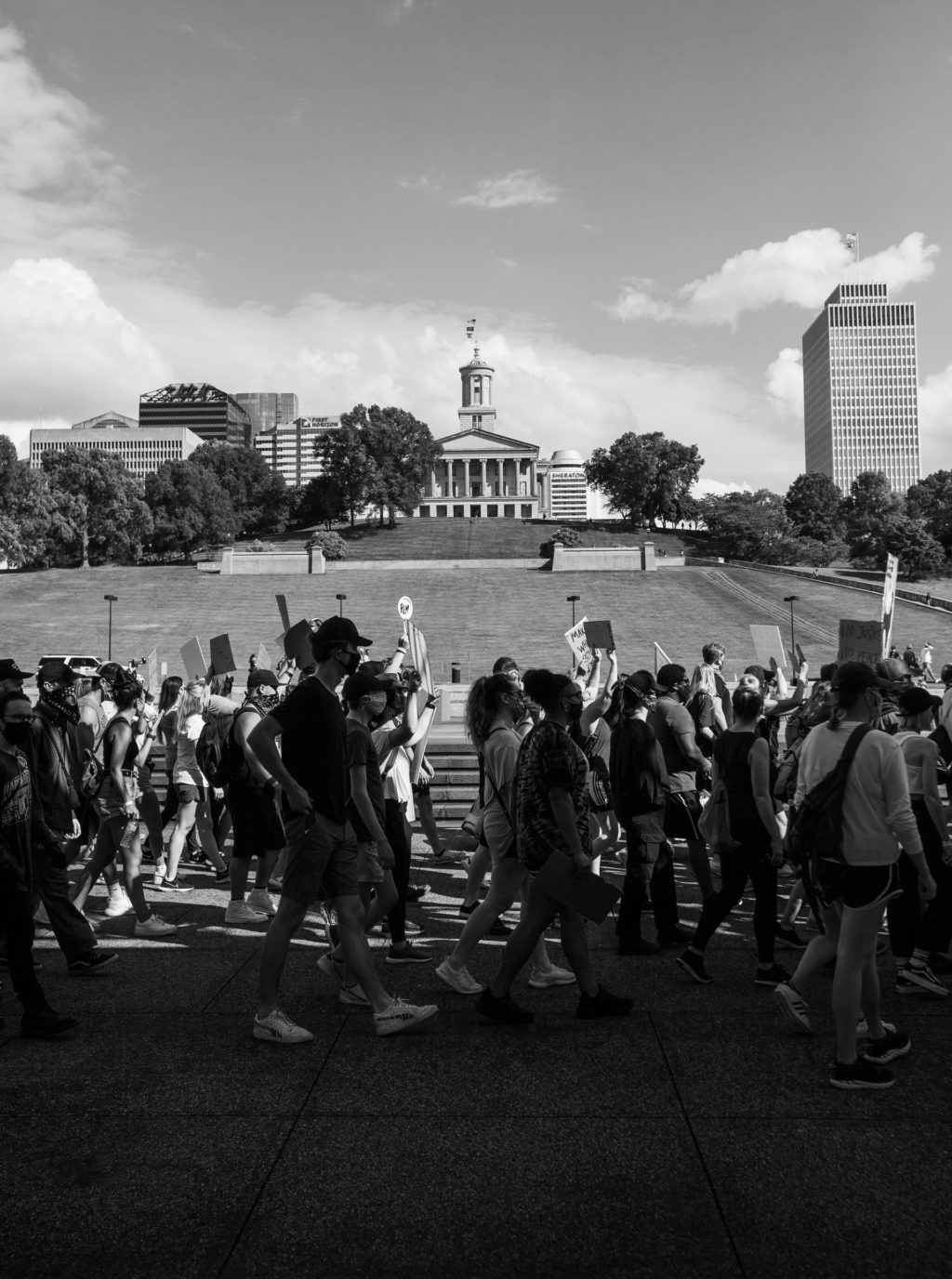
The Differences:
After defining both genres’ scope, we can say that documentary photography is used when long-term projects need to be developed, and photojournalism is associated with breaking news.
Also, documentary photography usually has a more complex storyline and is in many cases created and consumed by photographers and other professionals who are deeply concerned about a certain topic.
Conclusion
Before you get out into the world of documentary photography or photojournalism, you need to sit and think about what interests you and what you want to do that will give you satisfactory results. In case of photojournalism, you will need to be on the lookout for what is happening around, be there on time to get the stories whereas documentary photography can be done at a slower pace. Both are highly rewarding.



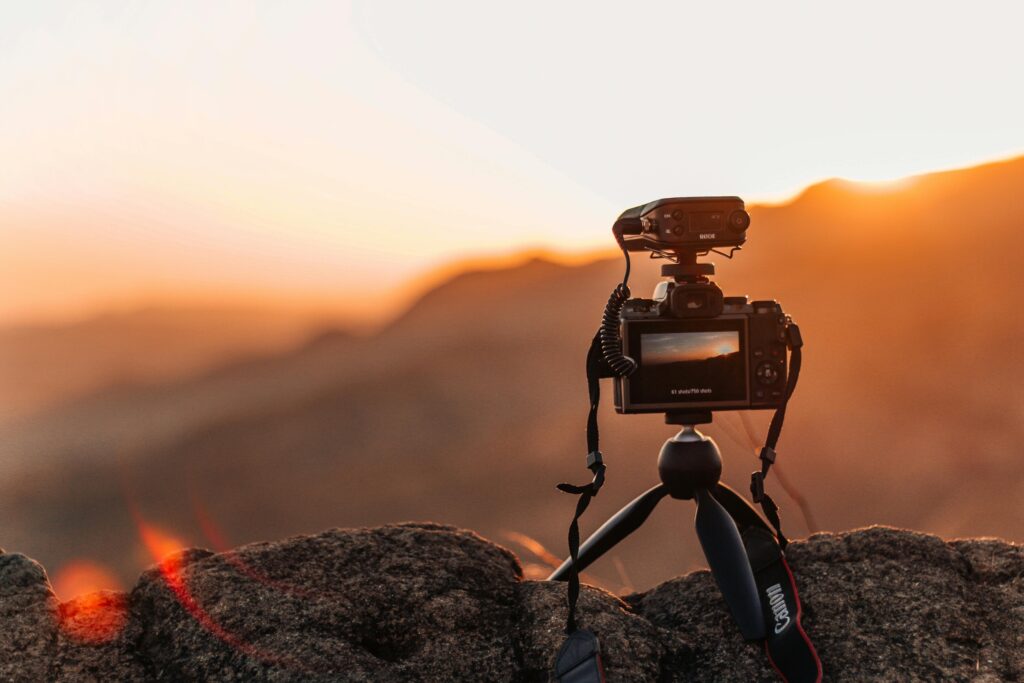
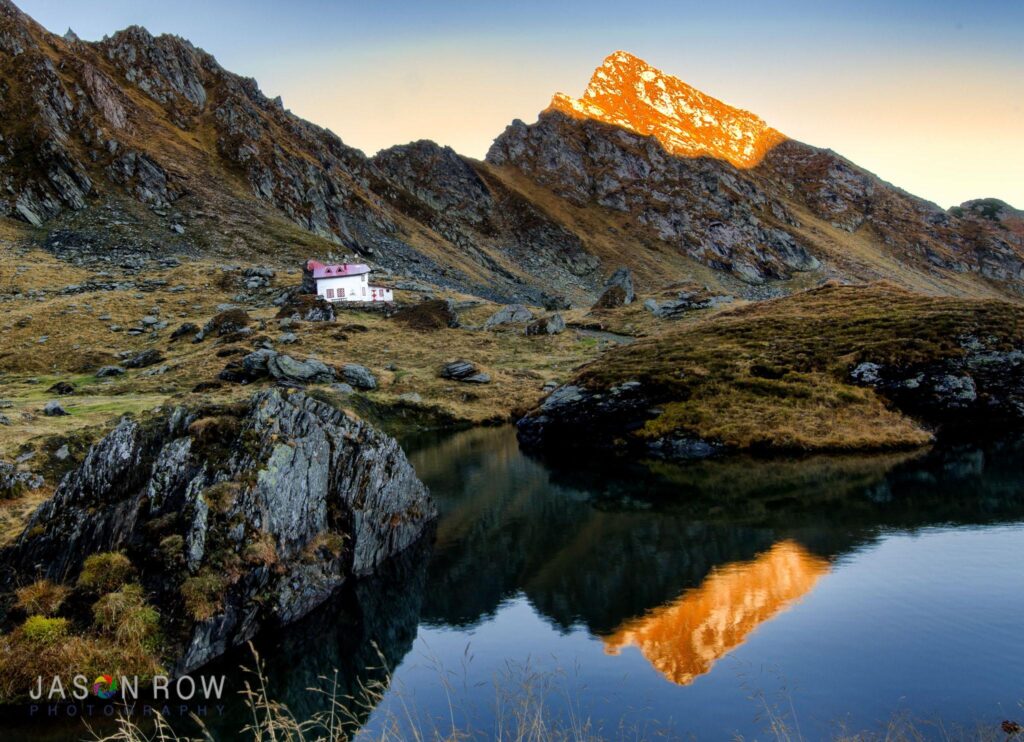
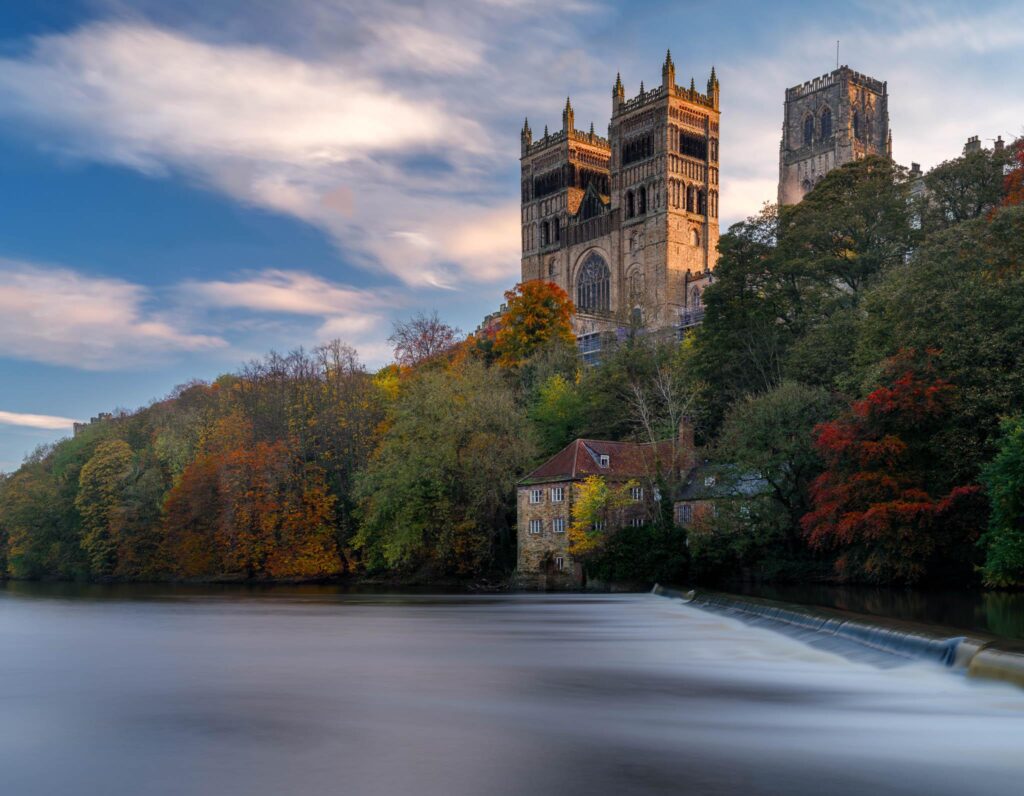

4 Comments
Excellent explanation between photojournalism and documentary photography!,
[email protected]
Love your posts! I always learn interesting and relative information
“Beyond the great differences that exist between the genders…” should probably be “genres”
Might want to check what FSA actually stands for….